
The Role of Marketing in Mergers & Acquisitions (The Tale of the Twinkie)
In 2012, Twinkie fans taught us an important lesson about marketing: When it comes to company valuation, customer loyalty is king.
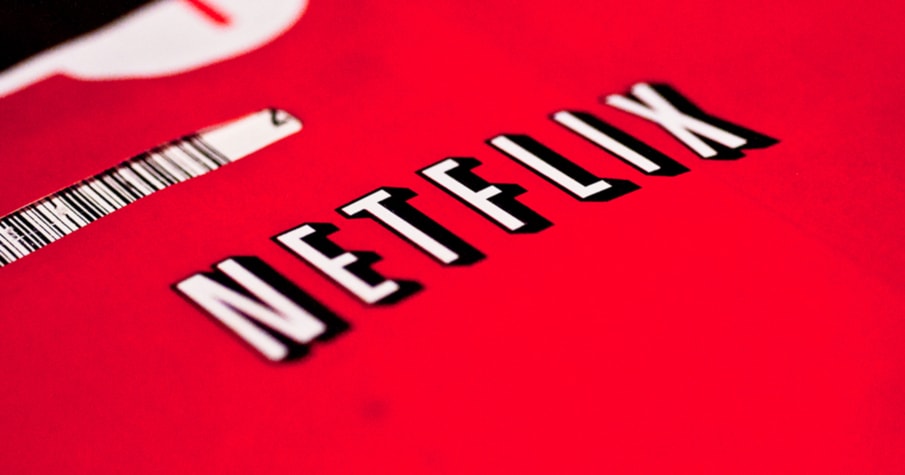
It’s difficult to romanticize the early days of entrepreneurship – the days are hard, the hours are long, and for a while it seems like you’re never going to see a return on your efforts. Make no mistake, starting a business is not for the faint of heart.
But allow us to call your attention to one small piece of nostalgia from this period:
Remember how it felt to believe that anything was possible?
That’s likely how Marc Randolph and Reed Hastings felt in 1997. According to legend, Hastings was fined $40 at a Blockbuster store for being late to return a copy of Apollo 13 – and was determined to establish a better way to access entertainment. Inspired by the fledgling e-commerce company Amazon and intrigued by emerging DVD technology, they launched a bold idea of renting DVDs by mail… the early days of Netflix.
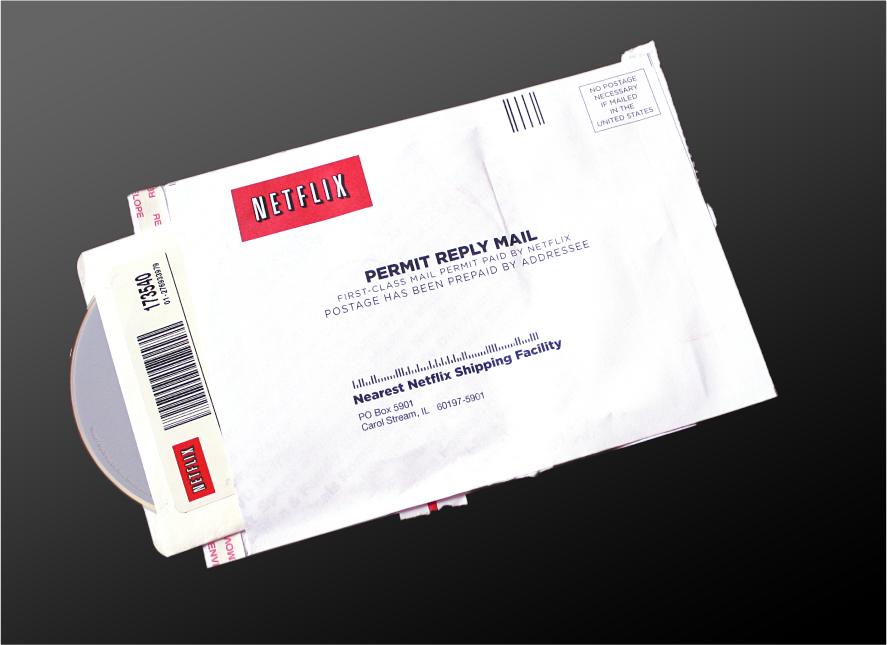
If you’ve ever started a business, chances are you once looked at the world with this way – with wide eyes and big-fevered dreams. You identified a problem that needed solving, and proposed a new and refreshing way to solve it. You were bold, courageous, and maybe even a little reckless. Your obstacles were big, but your ideas were bigger. You got your hands dirty. You took chances. You didn’t take “no” for an answer.
If you’re an established business owner, we’re willing to bet that this version of yourself feels like a lifetime ago. Now, you wouldn’t dream of taking that same risky approach to your work.
What happened?
Now, the pioneering strategies you once employed feel much more hazardous. This is because you suddenly have something to lose. That bold, courageous, do-whatever-it-takes mentality that got you here is hard to recapture now that the stakes are so much higher. After all, people are counting on you now. Their families rely on the paycheck you sign every week. You feel a weight of responsibility on your shoulders that wasn’t there before: the responsibility to be rational, cautious, and protective of their livelihoods.
Not to mention, it’s not just up to you anymore – you have stakeholders now. You’ve filled your leadership team with people who also have a vision for the company and a voice at the table. Even if you did still possess that same reckless abandon, you now have checks and balances in place to ensure that every decision is measured and deliberate.
To be clear, this type of evolution isn’t necessarily a bad thing. It makes sense that in the lifecycle of a business, dynamics will change – as will your organizational priorities.
However, if the Netflix founders had this same philosophy, they would’ve been dead in the water long before becoming the behemoth we know today. Instead, they embraced a culture of constant innovation.
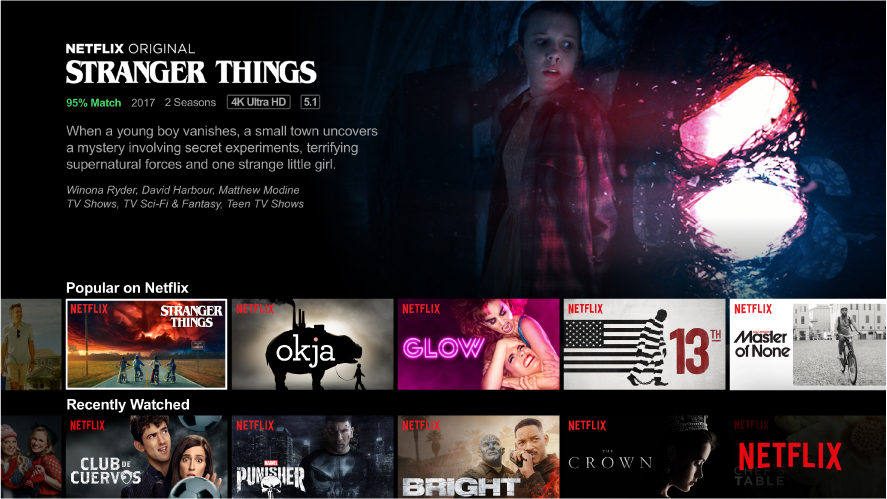
Less than two years after their launch, they pivoted away from the pay-per-rent model in favor of a monthly subscription service. In 2007, they introduced a video on demand service which slowly began to replace their DVD business model. By 2010, the company had shifted from the largest USPS customer to the largest source of internet streaming traffic. In 2013 came the debut of House of Cards, their first foray into original content – and in 2017, the company started self-producing this content through its Netflix Studios production house.
Today, it’s almost difficult to imagine that the 16 billion-dollar streaming service started out with such a radically different business model – but it is a product of their continued commitment to trailblazing, and reacting to changing customer environments.
The same is true for your business. Being the first, or the best, or the most innovative is great for awhile. But if and when that changes, so too should your modus operandi. Unfortunately, being on top produces a particular set of behaviors that are difficult to unravel. Here are some of the symptoms of an organization overdue for innovation:
If any of these symptoms sound like your business, it may be time to infuse your culture with a more innovative spirit. Here are some of the key lessons to be learned from Netflix:
In 2005, Netflix was ready to go public with a “Netflix box” – a physical hardware device that could download movies overnight and be ready to watch the next day. The reason you’ve never heard of this box is because Netflix’s Chief Business Officer, Robert Kyncl, stopped the launch after discovering YouTube – when he witnessed how popular the streaming service was despite the lack of high-definition content.
Even having invested years of company resources, engineering, and movie download rights to this box, Netflix realized that streaming was the future – and didn’t hesitate to pivot their business model to accommodate that future. The pivot took two long years, during which Netflix had to renegotiate all rights and build an entirely new architecture to host and serve content… but as we all now know, it was the right move.
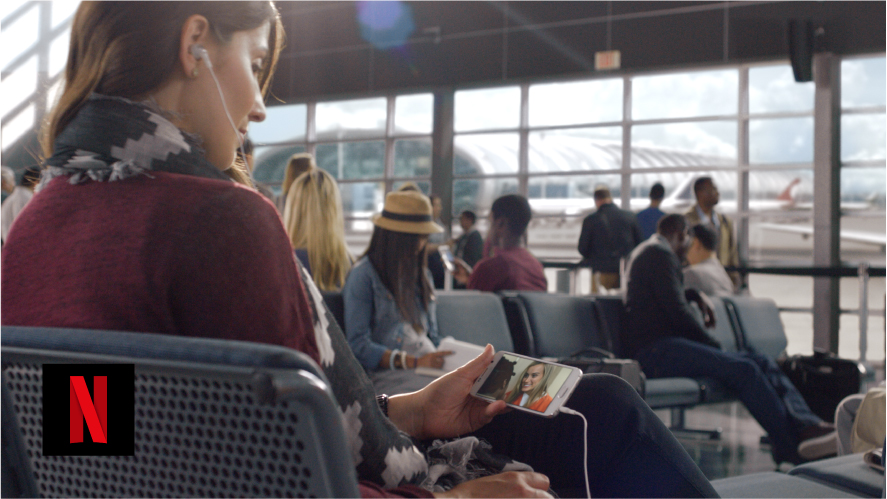
Similarly, if you’re faced with an opportunity in your business that feels strategic but daunting, don’t shy away from it. Make space in your calendar, budget, and brain to think big – and don’t be afraid to move away from a project that isn’t right, even if it means leaving money on the table.
Part of the success of Netflix can also be attributed to its extensive personalized video-recommendation system. But as effective as it was, they remained hopeful that it could be improved. In 2006, Netflix offered a $1 million prize to the first developer of an algorithm that could beat their existing one. In 2009, they awarded it to a team which bested Netflix’s algorithm by more than 10%.
Netflix was so committed to sourcing expertise from elsewhere that the contest was not even open to current and former employees or their relatives – a testament to the value of third-party perspective. Likewise, don’t be afraid to seek outside help. Often times it’s difficult to challenge the status quo when you’re too deeply entrenched in the weeds. Recruit a partner who will help you think bigger and get you out of your comfort zone.
Being a trailblazer doesn’t have to mean completely abandoning your roots. Believe it or not, even today Netflix still serves 2.7 million customers with their original DVD-by-mail model. While this division is small potatoes compared to their overall customer base, the company won’t cut it unless it stops making money.
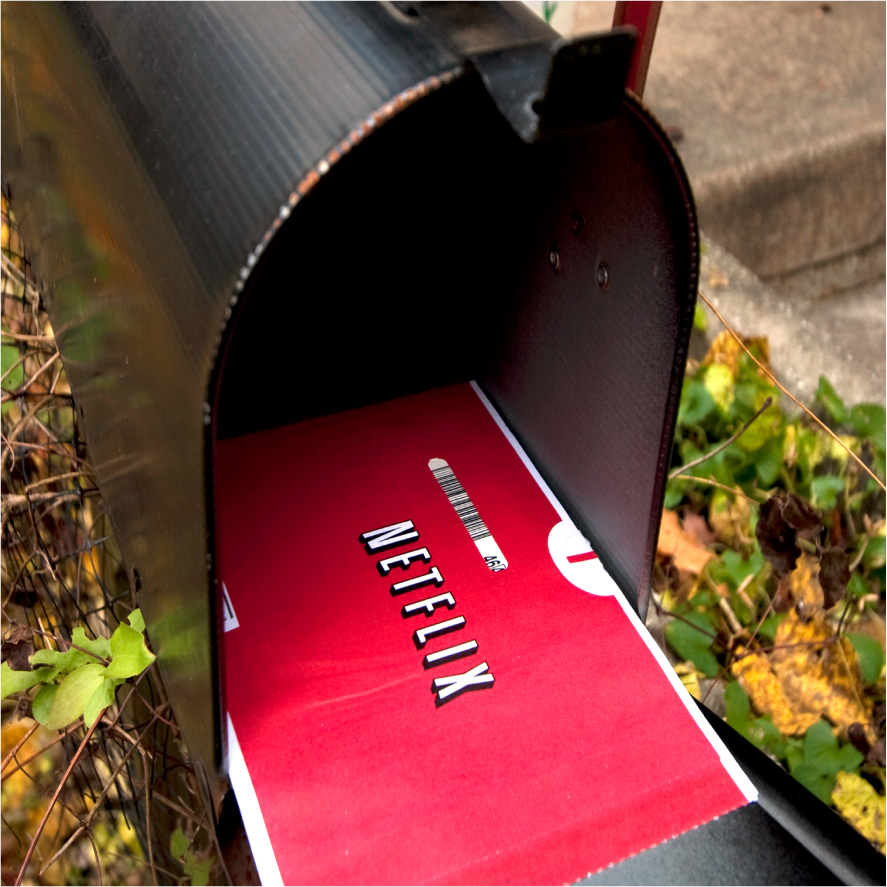
Some business leaders may be hesitant to leave behind the product, service, approach, or philosophy that got them this far – and Netflix is proof that you don’t necessarily have to. As long as your company is committed and invested in innovating new ideas, the old ones don’t have to go completely by the wayside until they start losing you money.
It’s never too early to start thinking about how to re-invigorate that trailblazing spirit in your business… but there is definitely such a thing as being too late. A good way to tell if your company is ready for this kind of transformation is if things are going well. That means you had a good idea that got you this far, and you likely have the resources to devote to what’s coming next.
So the important question again becomes… what’s possible now?
Get insights like this straight to your inbox.